.
Wind and solar are variable and intermittent, because wind turbines need wind, which has random velocities, and solar panels need sunshine, which is maximal only around noon, and minimal during peak demand hours.
.
- Too much wind, the turbines have to be shut down to avoid damage, too little wind the rotors will not turn.
- The midday solar output surge seriously affects the stability of distribution grids with a large capacity, MW, of solar systems.
- During a New England snowstorm, solar panels are covered with snow and ice, and any winter output would be near-zero for several days.
- Wind output has up and down spikes, which need to be counteracted by the other generating plants, 24/7/365, to maintain the supply/demand balance on the grid, on a second-by-second basis.
.
Solar output starts from zero in the morning, increases to a maximum around noon, and decreases to zero in late-afternoon/early-evening, i.e., solar is guaranteed not to be "there" to help out during peak demand hours; solar will not wake up from its sleep until the next morning!
.
Solar output has down spikes, as variable clouds pass over the solar systems.
The more solar systems, the greater the electricity quantities involved in the downward spikes.
.
Politicians, who have no education/training/experience with energy systems, never designed an energy system, never operated an energy system, have mandated unstable, unreliable wind/solar additions to an otherwise highly stable energy mix on the grid.
Politicians, and their zero-CO2 proponents have demonized, and banned, and rendered uneconomical, base-loaded, dispatchable power plants, that produce reliable, STEADY electricity, 24/7/365.
This political malpractice has made prices soar, especially for households, and has threatened the standard 99.97% reliability of electrical service that has existed for many decades all over the developed world.
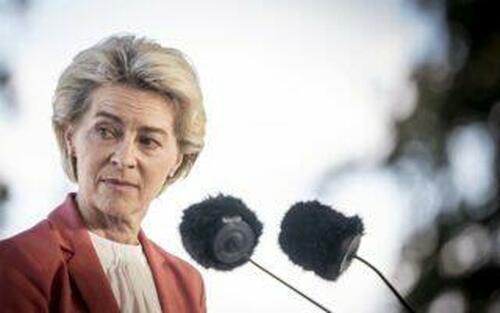
Ursula Von Der Leyen was a medical doctor, who pontificates about energy and environment, fooled a lot of people, and ultimately was promoted far above her level of competency.
This week, Ursula Von Der Leyen, President of the European Commission, gave two messages that have grabbed many headlines, at the Baltic Energy Security Summit:
First, she announced a strong, additional, intervention in the EU electricity market,
Second, she announced a proposal to increase renewables to 45% of the total generation mix by 2030
She considers that this is not an energy crisis but “a fossil fuel crisis.”
I consider this a doubling-down on the stupid course that got Europe into the trouble it is in now.
In my opinion, her two measures are completely inappropriate.
Such thinking has no basis in physical energy systems reality.
Ms Von Der Leyen’s Messages Have Two Problems
1) Europe’s energy crisis is due to political intervention on a massive scale.
2) Massively increasing offshore wind (useful service life about 20 years) in the North Sea and the Baltic Sea:
- Does not eliminate dependence on Russia, or other commodity suppliers
- Does not eliminate the need for almost all the other generators on the grid, especially during wind/solar lulls over a large area of Europe, lasting up to 5 to 7 days
- During such lulls, up to 85% of the wind/solar electricity that would normally be produced at that time of year, will not "be there"
The European electricity market already is the most intervened in the world.
Even more intervention is not going to solve the problems created by a scheming politicians, who are guilty of having made the energy mix of countries expensive, volatile, and intermittent.
Ideology is a bad partner in energy
Up to 75% of the electricity tariffs in most European countries are regulated costs, subsidies and taxes set by governments,
The cost of CO2 allowances has skyrocketed, due to those same governments:
1) Limiting the supply of permits
2) Imposing the energy mix
In Germany, the poster child of ENERGIEWENDE illusions:
Only 24% of all costs on a household electric bill are “supplier costs”, according to the BDEW 2021.
The vast majority of costs are taxes, fees and surcharges set by the government.
EVERY GERMAN HOUSEHOLD BILL SHOWS THE FOLLOWING:
Supplier cost (24%),
Grid charges (24%); high, because of the cost of connecting and reinforcing the grid for wind/solar
Renewable energy surcharges (20%); high, because of having a large standby capacity, MW, of generators
Sales tax (VAT) (16%),
Electricity tax (6%),
Concession levy (5%),
Offshore liability levy (0.03%),
Surcharge for combined heat and power plants (0.08%),
Levy for industry rebate on grid fees (1.3%).
However, the “problem”, according to the messages of the Von Der Leyen, is "the free market", as if that market is in anyway free. The market’s real problems are caused by political, save-the-world, interventionism.
It is surprising to read Europe’s power markets are “free markets”, when governments
1) Impose the technologies within the energy mix,
2) Monopolize and limit licenses,
3) Prohibit investment in some technologies or ban others, and
4) Force a rising cost of CO2 permits by politically limiting their supply.
Intervention is to shut down perfectly good nuclear plants and rely massively on natural gas and lignite as Germany did.
Intervention is to prohibit the development of domestic unconventional natural gas in Europe.
Intervention is to shut down reservoirs when hydro power is key to lower household bills.
Intervention is increasing subsidies at the wrong time and then raising taxes on efficient technologies.
Intervention is to stop the gas pipeline that would double interconnections with France.
Intervention is to prohibit lithium mining while talking of defending renewables, which need this commodity.
Intervention is to fill the consumer’s bill with taxes, and regulated costs that have nothing to do with energy consumption.
Intervention, in essence, is the chain of errors in energy policy that have led Europe to have electricity and natural gas more than five times as expensive as in the US, as Durao Barroso warned in 2013.
European power prices are not expensive by chance, but by inept political scheming
The exponential increase in subsidies, regulated surcharges, and the price of CO2 emission rights are political decisions.
Eliminating much-needed, base-load, energies (nuclear, hydro, etc.) that work all the time, and replacing them with wind and solar, that need a backup 100% of the time from natural gas plants, which requires major ADDITIONAL investments in infrastructure, and storage is expensive.
.
It has been this way throughout Europe for decades, and it will continue to be, as long as grand-standing Brussels' bureaucrats, such as Von Der Leyen, do the mandating.
An energy transition must be competitive and must guarantee security of supply
More government intervention does not solve problems.
European governments should erase from household bills all those items that have nothing to do with electricity consumption, including the cost of past planning errors, and reduce/eliminate taxes that are simply unaffordable.
Those items should be in the national budget.
Markets are not perfect, but government intervention is always perverse, self-serving, and imperfect
Governments are awfully bad at picking winners, but they are VERY GOOD at picking losers.
Decades of intervention leaves a trail of debt and cost overruns that all consumers are mandated to pay as a "surcharge for bad decisions"
What happens when government intervenes?
It closes perfectly good, base-loaded, nuclear plants out of ideological obsession, and then needs to keep coal, and gas in the energy mix to deal with the increasingly greater pitfalls of increased wind and solar, as in Germany.
Or it brings its flagship public company to the brink of bankruptcy by intervening tariffs, as in France.
Or, like Spain, it creates an untimely diplomatic conflict with its largest natural gas supplier, Algeria, and then, doubles its gas purchases from Russia, since the beginning of the Ukraine war, until the Russian cutoff (for refusing to pay in rubles), in July 2022.
Now, the European Union is rushing to install new floating regasification plants. More than thirty.
The problem?
Almost all the liquefied natural gas ships for this winter, and future winters, have already been contracted.
Additional LNG carriers are needed right now, but shipyards have full order books for at least the next 10 years.
The same governments that refused to strengthen natural gas supply chains, when it was cheap, are now rushing to spend vast amounts on expensive solutions.
Installing wind and solar does not eliminate dependence on natural gas, because gas power plants are needed for counteracting variability and intermittence of wind and solar, 24/7/365.
Wind and solar are, by definition, intermittent, and volatile as well as difficult to plan.
Additionally, installing more wind and solar also requires huge spending on transmission and distribution investments, which makes electric bills even more expensive.
Wind and Solar Are Parasites on the Economy
Europe (and the US, etc.) has no choice, other than have more coal, gas, hydro and nuclear, which have Energy Return/Energy Invested ratios greater than 7, high enough to sustain a modern civilization, if it practices only high-energy-efficiency lifestyles, and eliminates all low-energy-efficient lifestyles.
.
The rich will have to give up their private planes and yachts, and their high-on-the-hog living, etc., before energy reduction demands are imposed on Joe and Jane Doe. See Images
.
Wind and solar, requiring counteracting by the other generating plants, 24/7/365, aka “buffering”, are parasites, because their EROIs are less significantly than 7
.
Carbon capture and infinite storage, CCIS, is grossly unaffordable and wasteful.
It is similar to using a pail to fill an already-leaking boat.
.
CCIS is based on the erroneous assumption CO2 is the cause of climate change, which has been disproven by real science, but continues to be espoused by “climate science” folks for their survival/job security/career reasons.
See Appendix.
.
.
.
Solar and wind are both very expensive and very unreliable.
.
It is almost like a mental illness that so many people have been brainwashed to think entire countries can be supported with these technologies,” per former Greenpeace Founder Patrick Moore
Investing more in wind and solar, at first glance, appears to be a positive, but they come with a lot of expensive baggage, the cost of which is shifted to taxpayers and ratepayers, not to the owners of the wind and solar systems.
The energy storage problem, the astronomical cost of a grid-scale battery networks, and the necessary infrastructure, is estimated at a minimum of 500 BILLION euros, just for the EU.
There likely are not enough raw materials to build all those grid-scale battery systems, that have a 15-y life, plus the battery packs, that have an 8 to 10-y life, for the politically mandated EVs; so many EVS by such a date.
If Europe had a 100% solar and wind mix, it would be excessively volatile and intermittent, and in periods of low solar and wind conditions, there would be a very great dependence on natural gas, as backup, plus the hydro, nuclear, etc., as base-load. The same arguments would apply, if Europe had a 45% wind and solar mix, as proposed by Van Der Leyen
Additionally, wind and solar in a balanced energy mix, do not reduce dependence on other countries.
Countries become even more dependent on China and other nations for lithium, aluminum, copper, etc.
In fact, dependence on other power plants would be extremely high, during periods of low wind energy and low solar energy.
As we have already experienced, those often coincide with periods with high gas and coal prices
If there is one thing that the present crisis shows us, it is that what Europe needs is more market and less intervention.
Europe arrived at this crisis due to a combination of arrogance and ignorance on the part of scheming, inept politicians who aim to mandate the energy mix to save the world.
The importance of a balanced mix, with nuclear, hydro, gas and renewables is more evident every day.
Interventionist energy policy has failed miserably. More intervention is not going to solve it.
APPENDIX 1
These articles contain significant information regarding grid-scale battery systems
BATTERY SYSTEM CAPITAL COSTS, OPERATING COSTS, ENERGY LOSSES, AND AGING
https://www.windtaskforce.org/profiles/blogs/battery-system-capital...
GRID-SCALE BATTERY SYSTEMS IN NEW ENGLAND TO COUNTERACT SHORTFALL OF ONE-DAY WIND/SOLAR LULL
https://www.windtaskforce.org/profiles/blogs/grid-scale-battery-sys...
COLD WEATHER OPERATION IN NEW ENGLAND DECEMBER 24, 2017 TO JANUARY 8, 2018
https://www.windtaskforce.org/profiles/blogs/cold-weather-operation...
APPENDIX 2
New Surface Stations Report Released – It’s ‘worse than we thought’
https://www.windtaskforce.org/profiles/blogs/new-surface-stations-r...
APPENDIX 3
Weather- Just how does it happen?
https://www.windtaskforce.org/profiles/blogs/weather-just-how-does-...
APPENDIX 4
A summary of the results of three “Physics of the Earth’s Atmosphere” papers, which were submitted for peer review at the Open Peer Review Journal.
https://globalwarmingsolved.com/2013/11/19/summary-the-physics-of-t...
APPENDIX 5
Satellites and balloons measure temperatures of the Troposphere, which starts at ground level, and has an average height of 59,000 ft at the tropics, 56,000 ft at the middle latitudes, and 20,000 ft at the poles. Above those levels starts the Stratosphere.
Balloons directly measure temperatures. Satellites measure radiation, from which temperatures are calculated.
Both consistently measure much lower temperatures than the average of 102 computer-generated graphs.
See Appendix 2 and 3
The data in the below images (See URL) is for a 43-y period:
https://www.windtaskforce.org/profiles/blogs/grid-scale-battery-sys...
1) Satellite and balloon readings increase from 0.00 to 0.5 C, or, or 0.116 C/decade
2) Computer-generated graphs increase from 0.00 to 1.20 C; or 0.28 C/decade, about 2.7 TIMES AS FAST
NOTE: Behind the 102 computer graphs are hundreds of organizations that likely receive a significant part of their revenues from governments and subsidy-receiving wind, solar, battery, etc., businesses. The livelihood and prospects of the people creating these graphs is more secure, if they aim high, rather than low.
https://www.scienceunderattack.com/blog/2021/2/22/latest-computer-c...

The below image shows a more details of 43 years of satellite data.
The temperature data by satellites and balloons are more accurate than land-based measurements.
See Appendix 2 and URL
https://en.wikipedia.org/wiki/UAH_satellite_temperature_dataset
Satellite measurements are made many times during every day and systematically cover almost the entire world; +/- 85-degree latitude.
The satellite data is vastly more complete, and accurate than would be gathered by ground stations (See Appendix 2)
Balloon measurements, made on a sampling basis, are vastly less complete than satellite measurements, but they serve as a useful crosscheck on the satellite measurements.


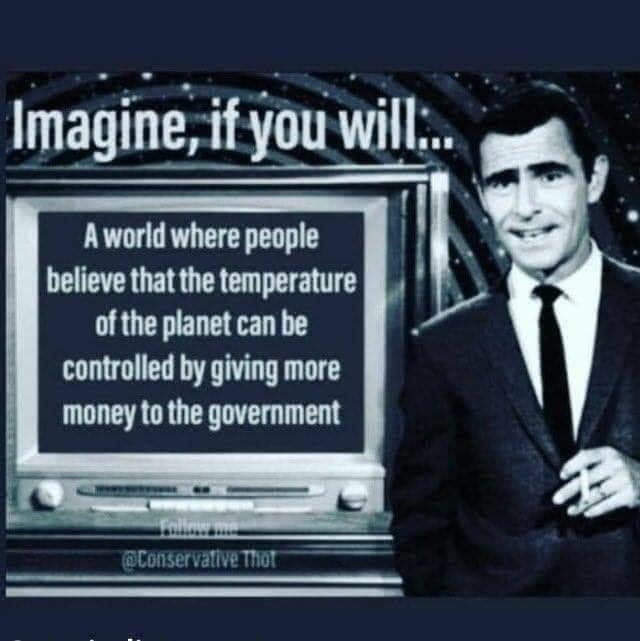
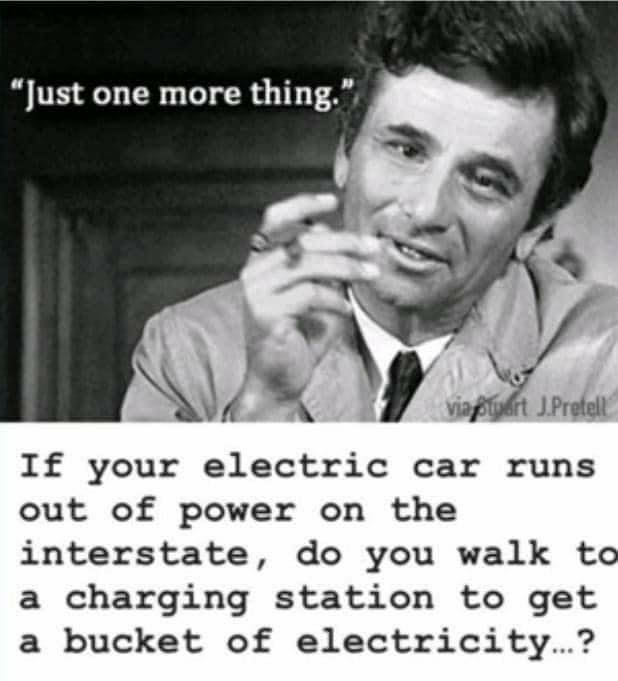
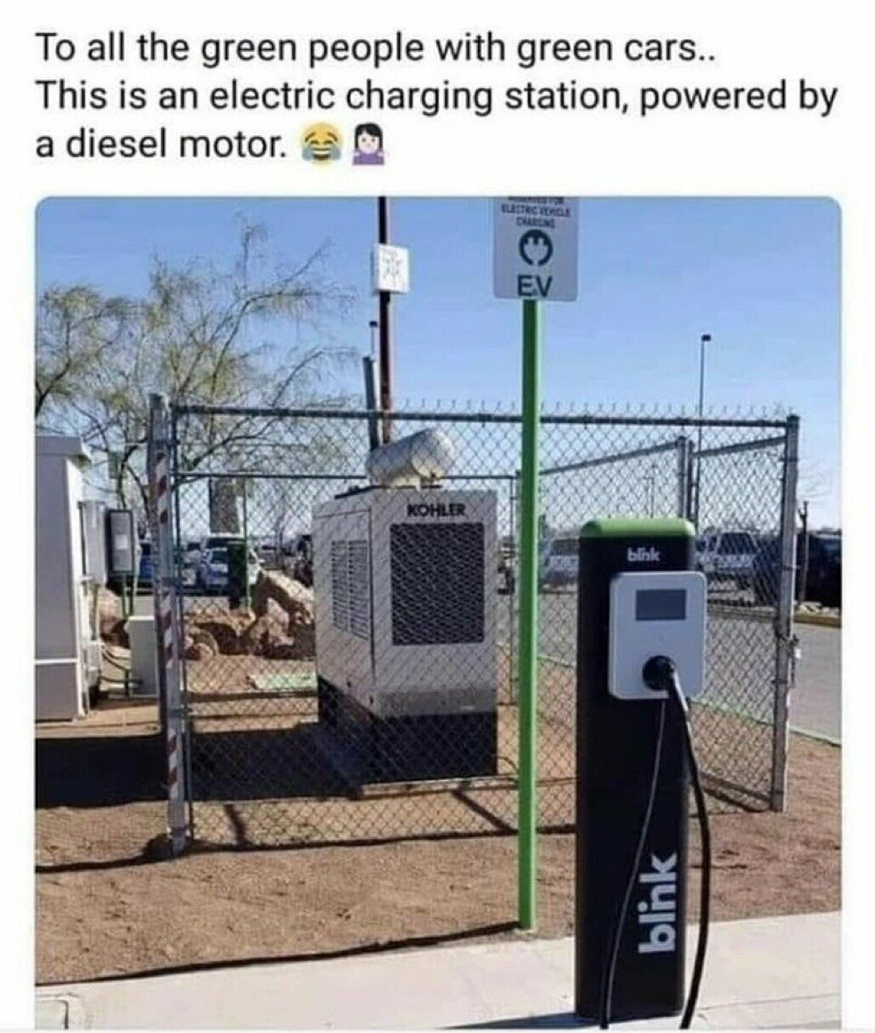
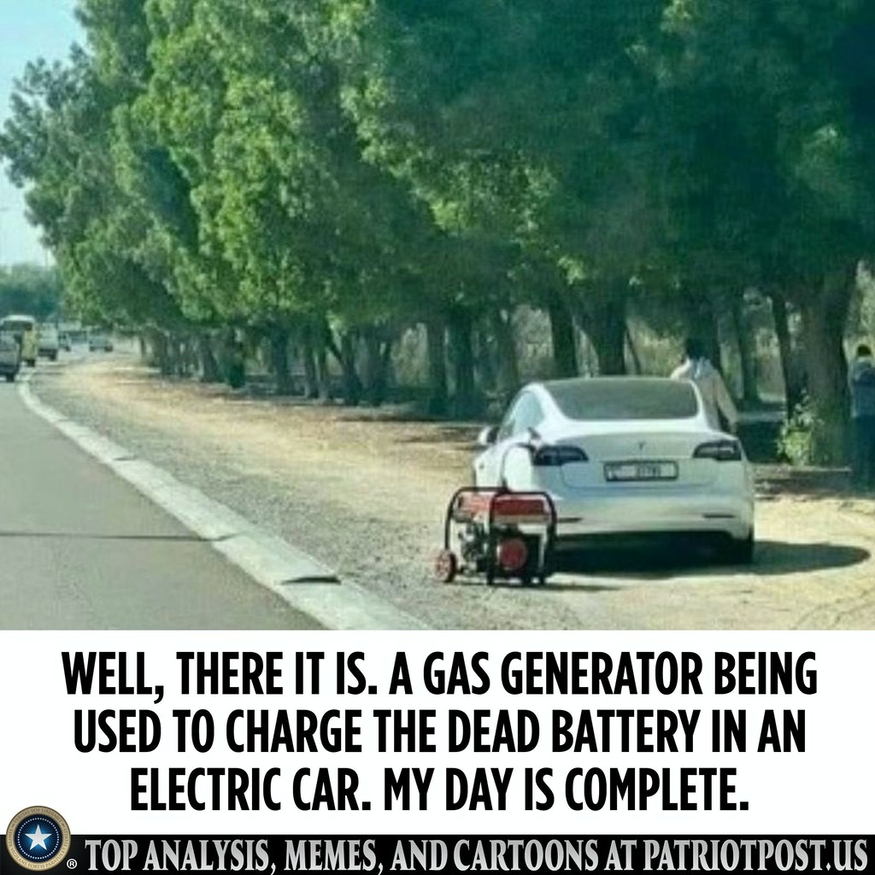


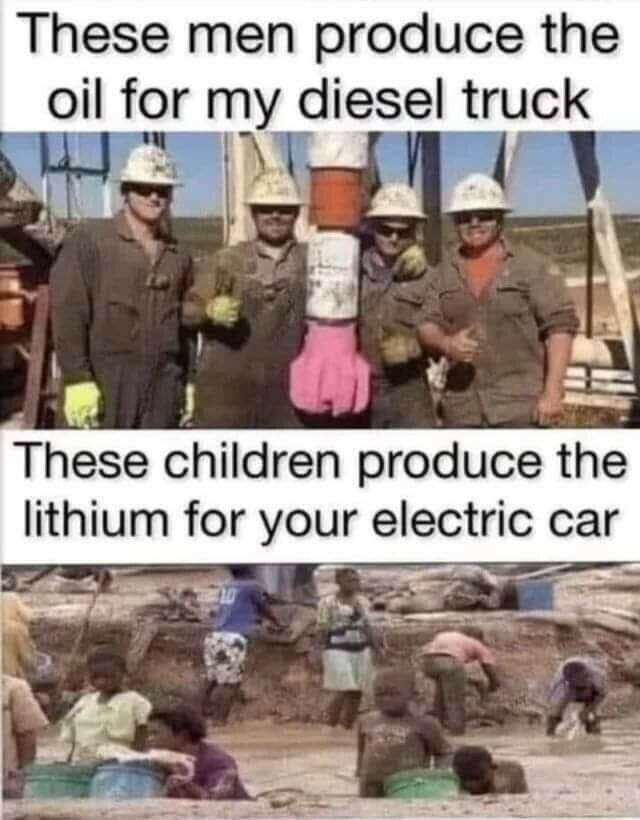
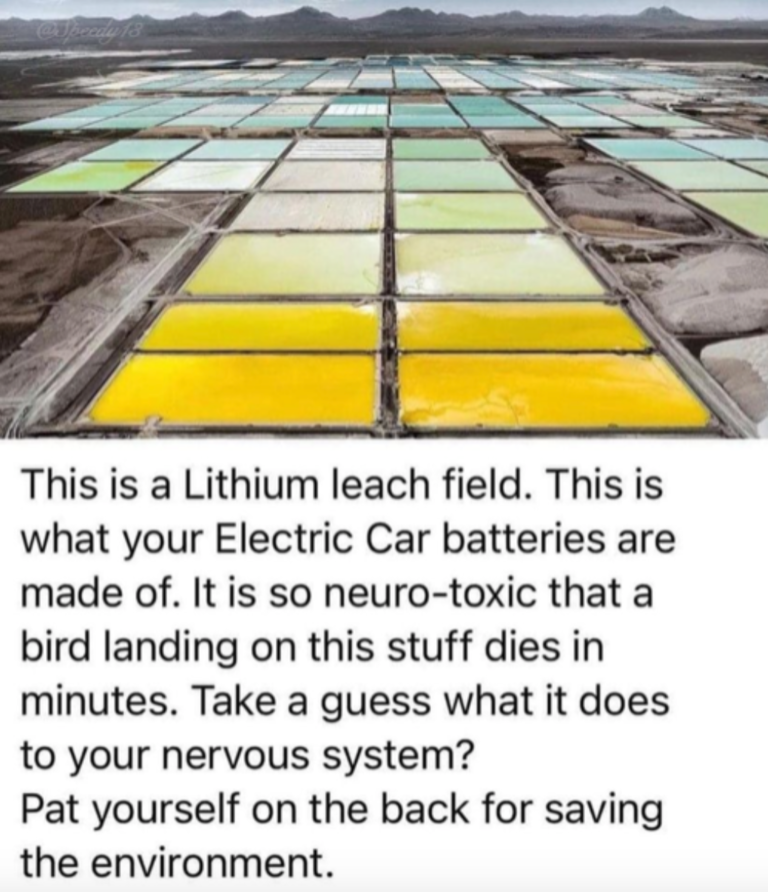
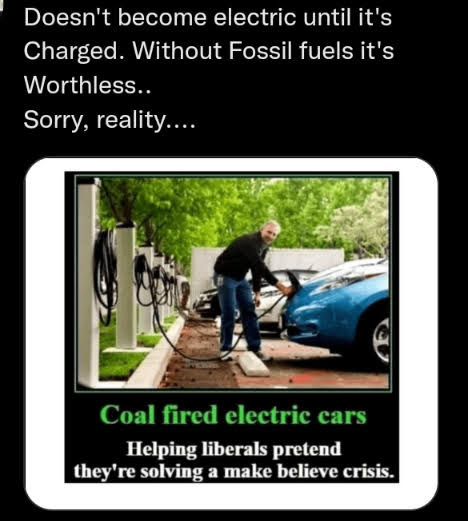
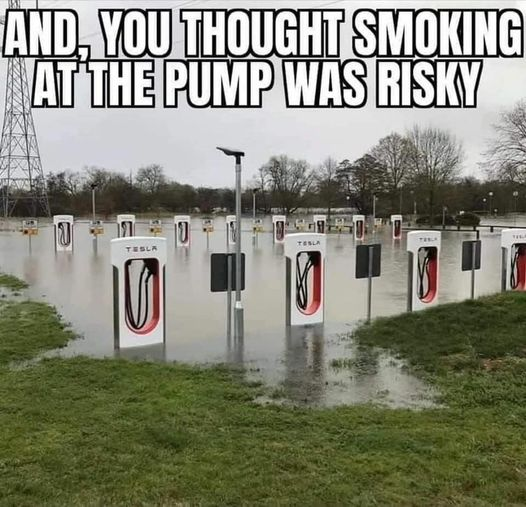
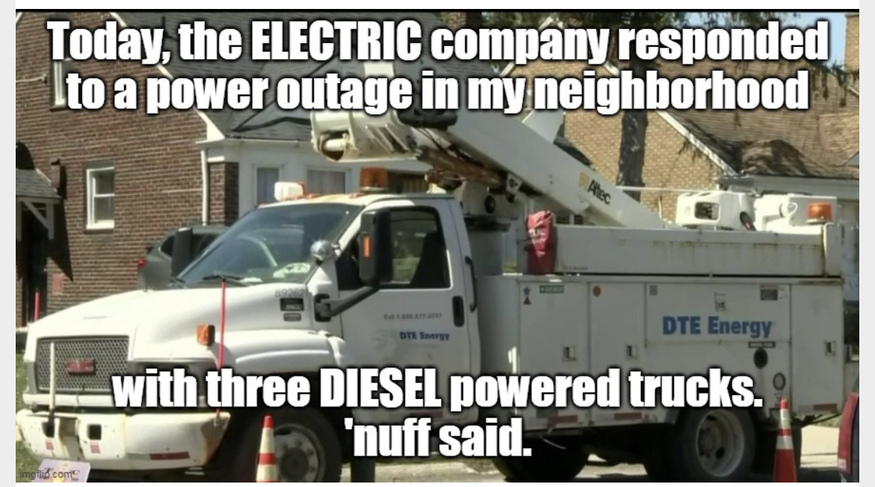

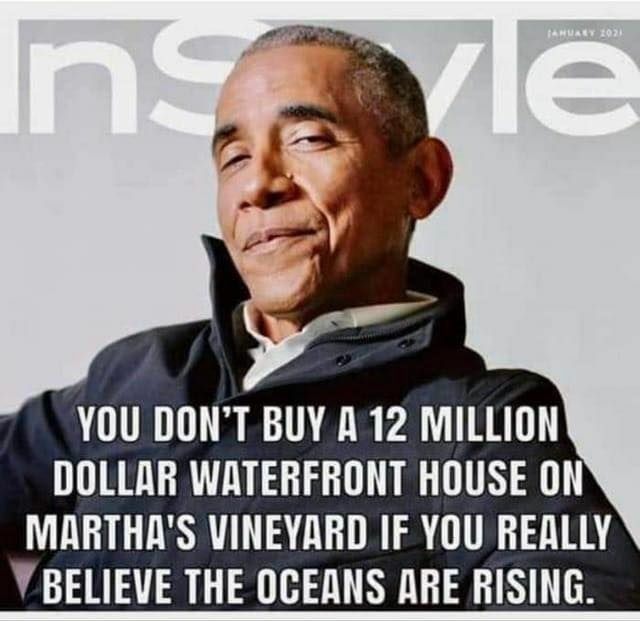
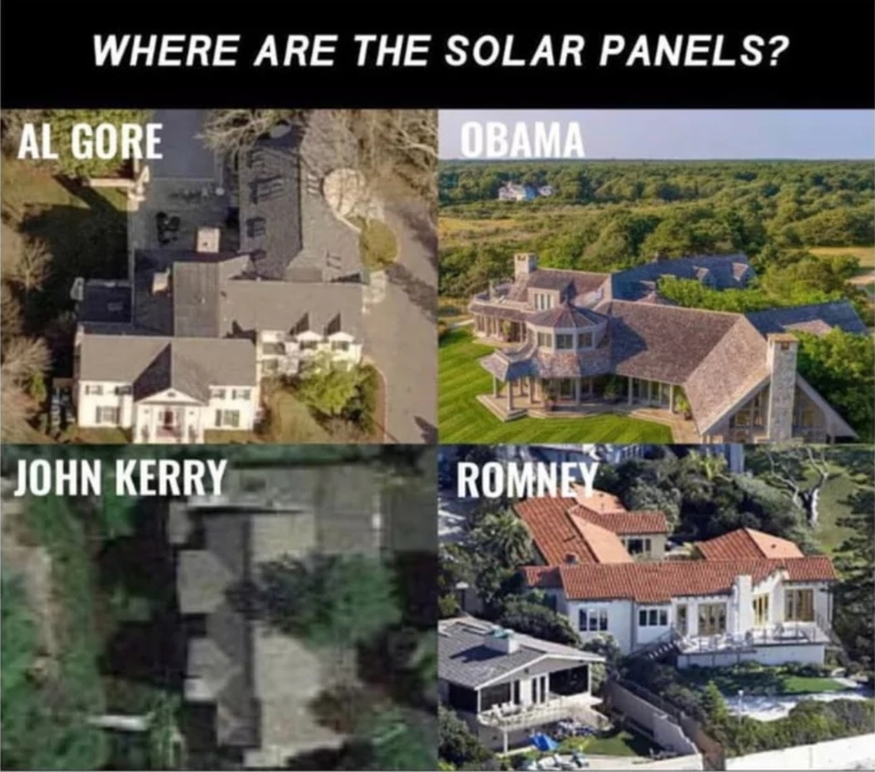
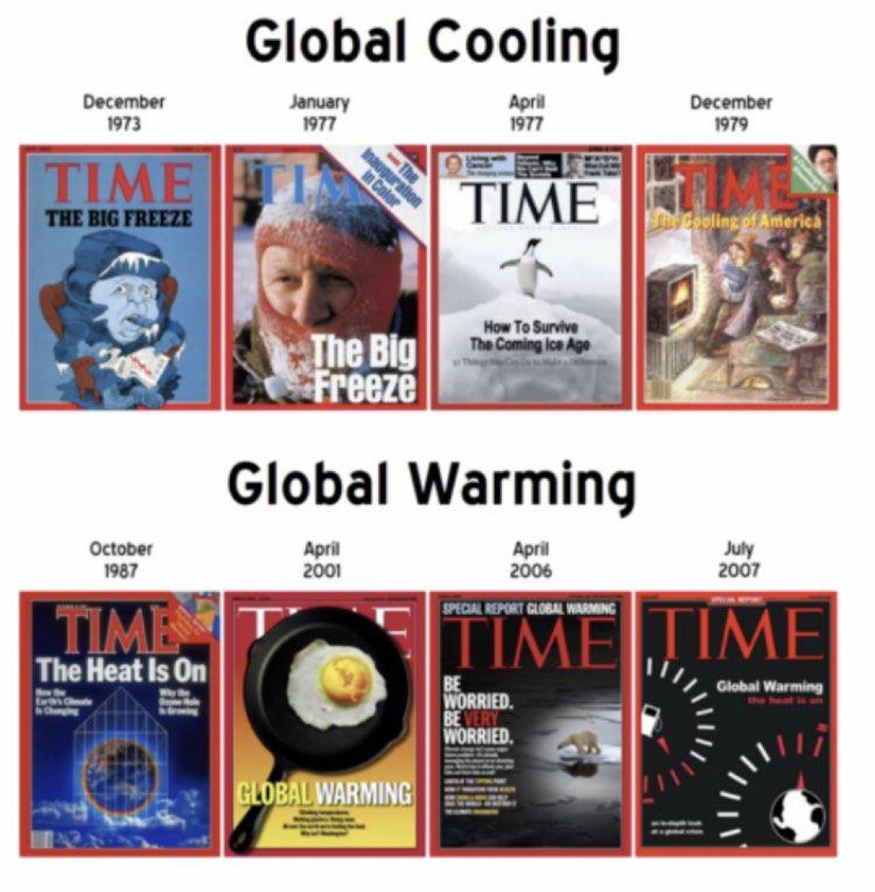


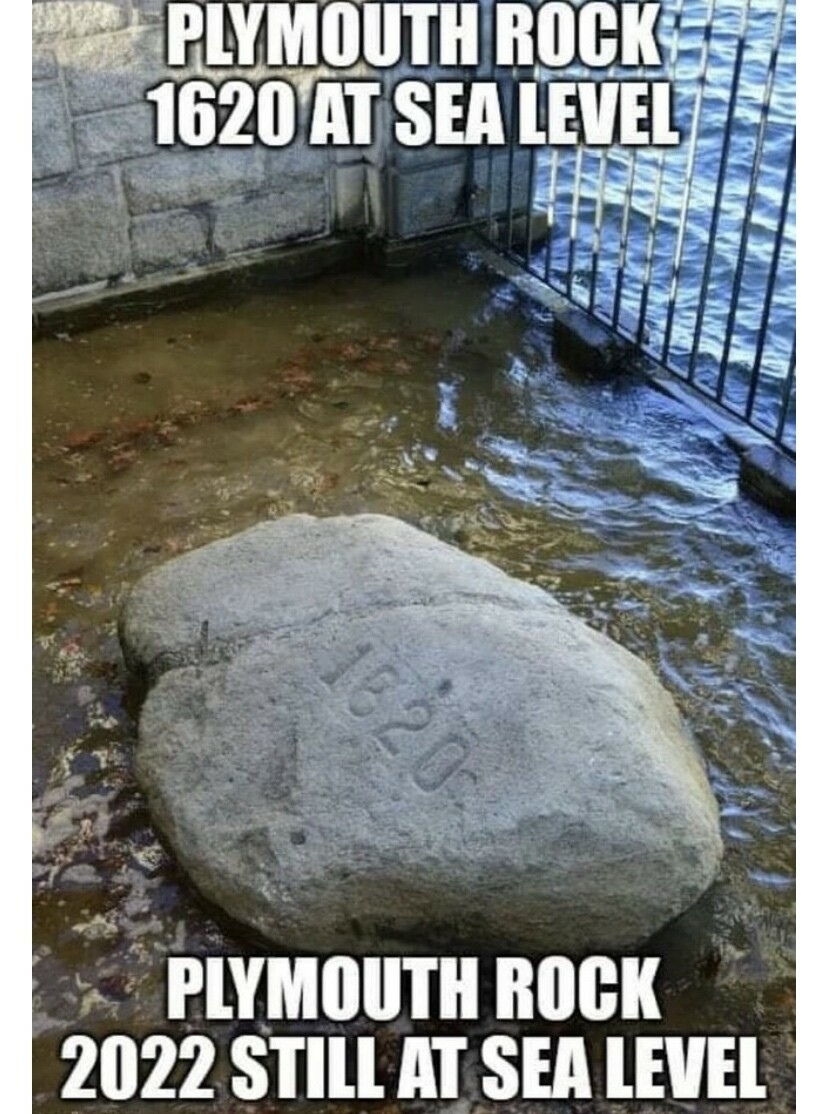



You need to be a member of Citizens' Task Force on Wind Power - Maine to add comments!
Join Citizens' Task Force on Wind Power - Maine